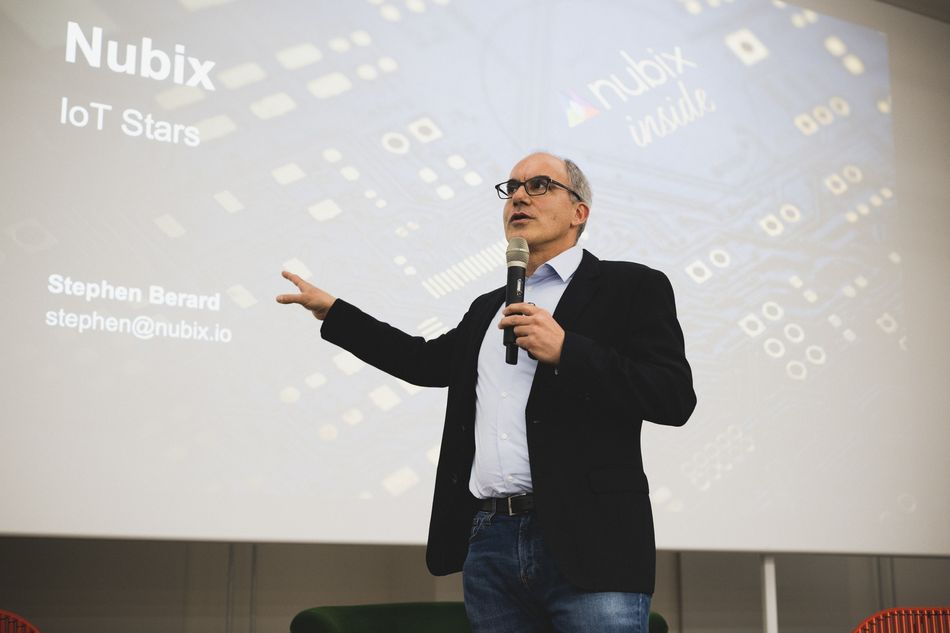IoT Stars brings tribute to unsexy use cases
Let’s celebrate hyperscalers leaving, the rise of open-source in IoT, and the deployment of unsexy use cases! Together, this might be the perfect cocktail for innovative IoT companies to start scaling up in 2023.
IoT Stars joined Embedded World 2023 to bring together top IoT professionals and discuss the latest products, services, and market trends. From innovative start-ups and scale-ups to established players, the event highlighted the need for collaboration in tackling the challenges of the rapidly growing IoT market.
Ray Ozzie said back at IoT Stars 2022, "We're all in this together." Whether competitors or partners, collaboration is essential in simplifying technology and educating customers. We’re building on each other’s tools and features. Eventually, it's all a Tetris game.
Google, IBM and Ericsson leaving the IoT space led some to question the viability of IoT economics. Brandon Satrom from Blues Wireless countered “the economics didn’t work for them, but they do work for us”. IoT simply takes longer because it’s not general cloud compute. Marcin Nagy from AVSystem added that the hyperscalers aren't necessarily leaving the space, they want to keep as much data as possible. “We synergize with them by building robust solutions”.
One of the most significant challenges still facing the market is the chip shortage, as Benjamin Cabé from the Zephyr Project pointed out. Building future-proof IoT means building firmware which can easily be ported to another hardware platform. “You don’t want to tie too much into a particular hardware system, because you never know if the chip you’re using all of a sudden won’t be available anymore”.
Stephen Berard, CTO of Nubix cried: “The cloud gets all the cool features like Kubernetes, CI/CD and automated testing. Embedded folks need this too!”. With embedded tools like Zephyr and Nubix, we slowly start seeing these cool cloud features being incorporated into embedded development.
Simplification in IoT is both the key challenge, and the key catalyst for IoT adoption, according to Ken Yu, CEO of RAKwireless. Most use cases come from very specific industrial scenarios and the biggest problems here is to provide a plug and play solution, “like turning a light switch”. Brandon Satrom seconded Ken’s comment by bringing tribute to unsexy use cases, “those are the ones that can get deployed and bring value faster. Just report one thing like temperature or movement, get that live and see the value it brings.”
However, implementation remains tricky due to fragmentation, interoperability, and poor APIs, as noted by Marcin. To solve some of these key issues and drive scale, open-source solutions like Zephyr and open standard like LwM2M are necessary, Dora Terjek from Soracom highlighted. Fortunately, the collaborative, open-source movement in the hardware space is gaining momentum. The open-source RISC-V is becoming a real competitor to Arm for chip designs, and Zephyr is becoming the go-to operating system for embedded IoT devices, leveraged by companies like Nubix, Blues Wireless, and AVSystem.
Let’s celebrate hyperscalers leaving, the rise of open-source in IoT, and the deployment of unsexy use cases! Together, this might be the perfect cocktail for innovative IoT companies to start scaling up in 2023.



